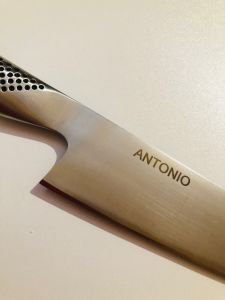Language
WORLDWIDE SHIPPING
Japanese knife Deba cm. 15 by Hendi
€55.50
€45.49
Availability:
In stock
The Hendi 15 cm Deba Japanese Knife is an essential tool for lovers of Japanese cuisine, perfect for preparing fish professionally. Traditionally used by Chefs for working with whole fish, the Deba is ideal for cleaning, filleting and portioning fish, thanks to its thickness which makes it particularly effective even in cutting bones, removing cartilage from fins or in the delicate treatment of seafood.
This knife is also versatile: it can be used to fillet poultry or other meats with small bones or tendons, making it a tool suitable for different preparations. The downward-tapered blade and the sharp edge on one side guarantee precise and clean cuts, making the knife robust but at the same time very precise in delicate operations.
Made with traditional Japanese design in Japan, the knife is constructed from Japanese SUS 420J2 stainless steel, with a hardness of approximately 53 HRC, to ensure long life and optimum resistance. The poplar wood handle ensures a comfortable and secure grip, making it easy to use even during long work sessions in the kitchen.
The Deba Knife is part of a complete line of knives for the traditional preparation of sushi, but it is also perfect for those who want a versatile and efficient tool for the treatment of fish and delicate meat. It is recommended not to wash it in the dishwasher to preserve the integrity and quality of the blade.
Made in Japan
Handle: poplar wood
Blade length: cm. 15
Delivery time: 2-3 days
FAQs

 IT
IT FR
FR
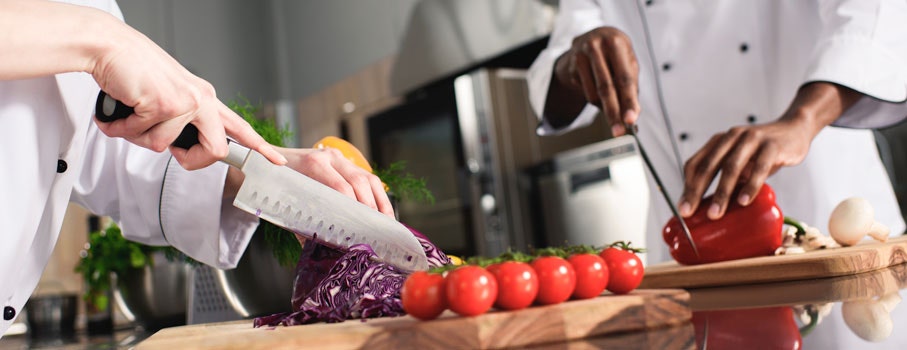
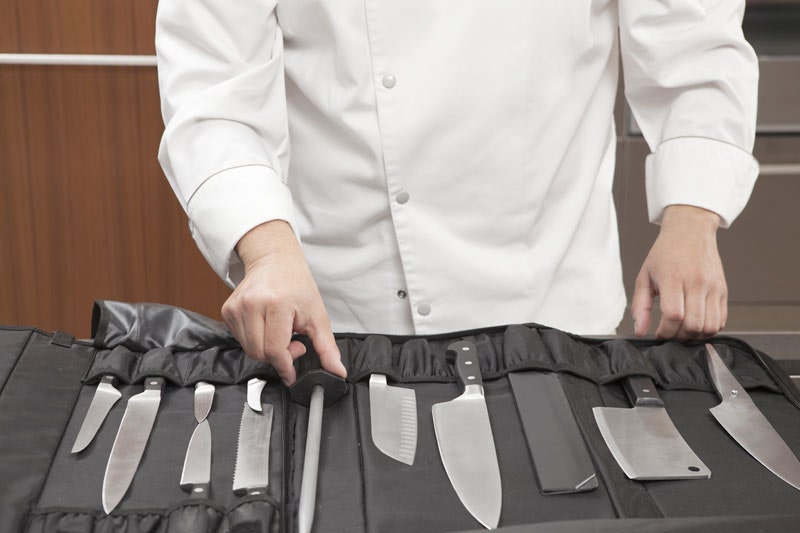
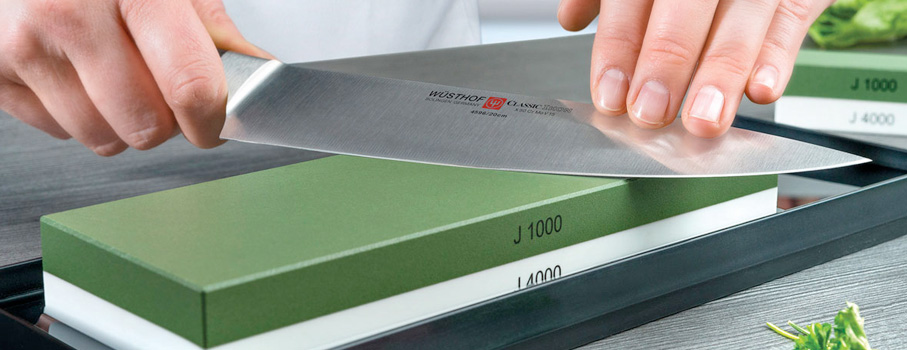
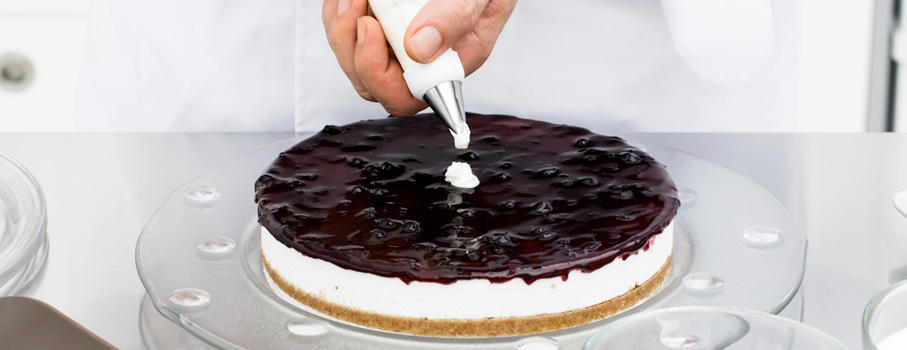

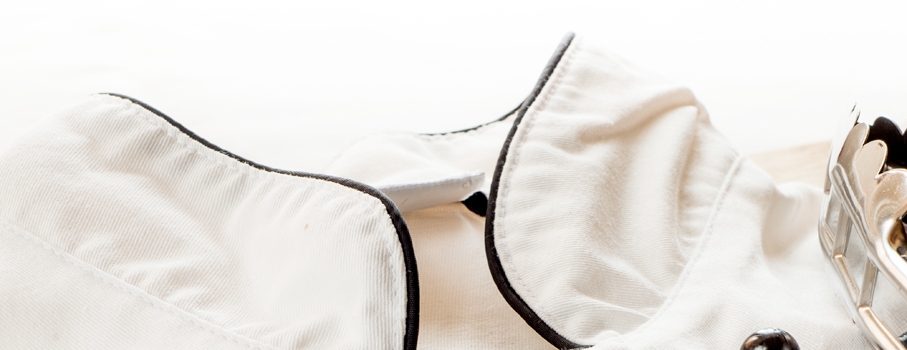
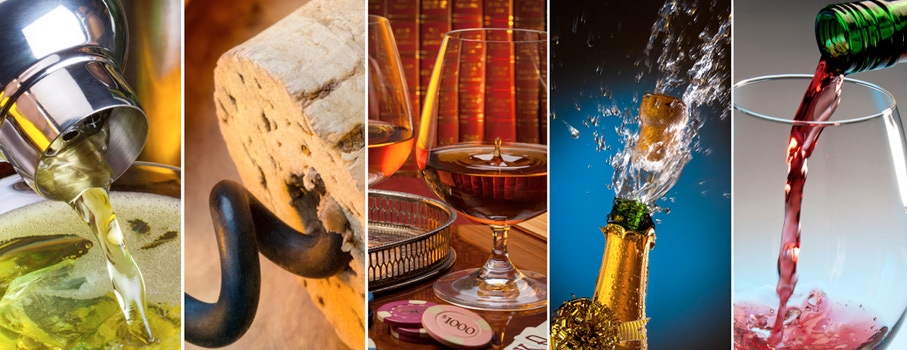
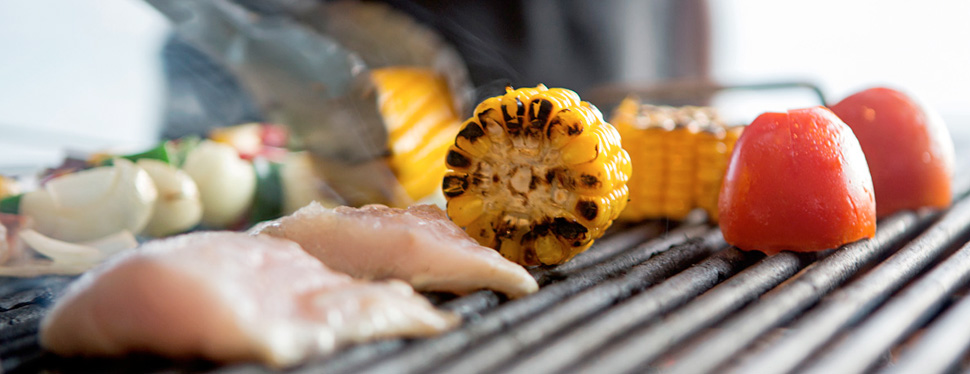

 IT
IT FR
FR
